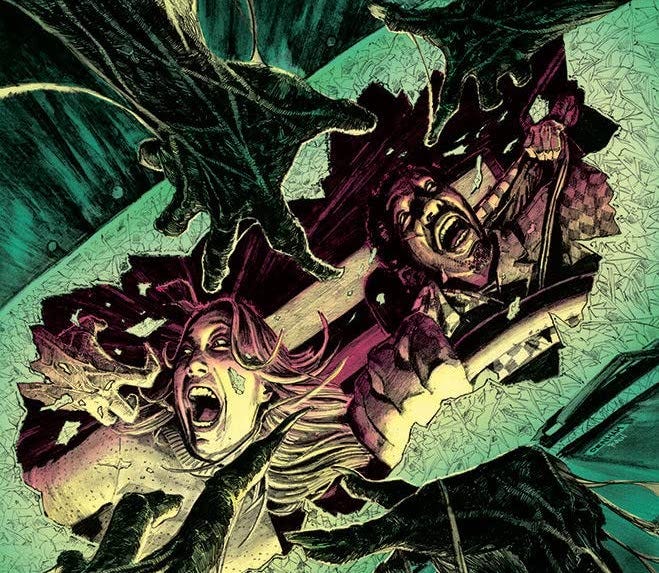The Four Techniques of a Truly Scary Horror Comic
Getting under a reader’s skin is about more than just showering them with blood and showing off your favourite monsters. Discover the dark art of creating a truly disturbing horror comic
Why are so few horror comics genuinely scary?
The genre of horror and the medium of comics have had a fruitful marriage since the 1940s, when Prize Comics’ The New Adventures of Frankenstein thought to cash in on the success of Universal’s monster movies. Eighty ye…


